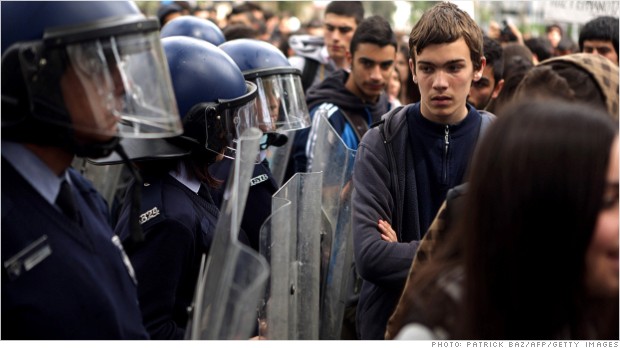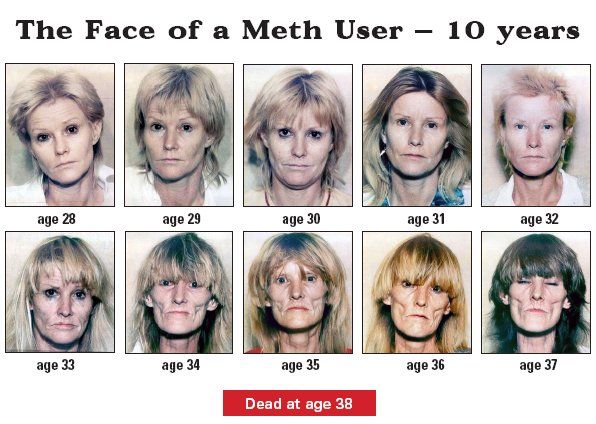Rumors in London and Frankfurt suggest a massive battle will happen this summer. It has already been confirmed that a new foreign fighter has arrived in London and he has his sights set on shaking up the continent. Will this be the “Clash on the Continent” or the “Bash Up in Brussels”? This will not be jush clash of men, but a collision of fighting tactics never seen before in history.
Most excitingly, it will be an all Goldman Sachs MMA* cage match between Mark “Brutal Reckoning” Carney and Mario “Whatever it Takes” Draghi. (*Mean Money Authorities)
 |
| Are we ready to rumble? We have the cage - now we need the match! www.wrestlingshop.co.uk |
 |
| Draghhi: I say Carney will last one round! |
Carney is hot right now. In his last outing at the G20 FSB Arena, Carney clashed with Jamie “I’m richer than you”Dimon. As a JP Morgan Chase banker, Dimon came out strong at the start, but later folded like a
Mario “Whatever it Takes” Draghi has a mixed record, although it should be noted his losses have come when he is in tag team events. In his February 2013 fight in Italy, Drahi was paired up with Mario “The Unelectable” Monti and they were fighting under the team name of “The Super Marios.” However, neither man came out looking good in front of the blood thirsty Italian election crowd. Having been defeated in the ring by tag team made up of a former comedian and a communist, it appears that Monti will quit fighting altogether.
 |
| Carney: This is the size of the hole I will use to bury Draghi (Toronto Star Photo) |
Draghi's latest single match in Cyprus (March 2013) was simply brutal. His opponent, Mr Lankia Banka, was so badly beaten that he is in a coma and may remain there for ten years. Talk about your lost decade!
Although the Carney/Draghi match up has not been officially announced, the trash talk from the opposing camps points to a battle.
Carney has repeatedly pointed out that ring tactics such as long term low interest rates are not sustainable in a major match. He thinks this will produce fighters who are soon reduced to being Zombies. Classical moves are more his thing.
Draghi, on the other hand, appears to believe that any tactic in the ring is acceptable as long as you win each round. How Draghi will fare in a longer match is not clear as his fights so far have been knockouts in the first few rounds.
Supporters and opponents are already making their feelings clear. Carney may not be as popular with the City of London crowd as he was in Ottawa. However, he has already taken a shot at local detractors who think the long term QE twist move combined with long term low interest techniques are winners in the ring. These moves are all flash. Carney fired at them point blank when he said that his opponents “would do well to remember that marginal rate adjustments have non-negligible effects when leverage is high.” He appears to know that some of his detractors may be more over leveraged than they are willing to admit, so he does not fear them and may not listen to their advice. Ladbrokes says the they are not giving odds until the fight is actually annouced, but an insider said that initial indicators are that the fight may be too close to call.
Mocking Draghi and the Eurocrowd who think that the Euro contest is already over, Carney noted “now is not the time for complacency.” He thinks the real fight may be just starting in Europe.
Going on the offensive against Draghi’s tactics, Mark “Brutal Reckoning”Carney launched with a series of comments* designed to play to the masses assembling for the big battle. Among the most quotable were:
1. The bond market is there until it is not.
2. Low rates today do not necessarily mean low rates tomorrow.
3. Cheap money is not a long-term growth strategy.
4. Risk reversals when they happen can be fierce: the greater the complacency, the more brutal the reckoning.
5. Fiscal stimulus is turning to fiscal drag.
6. A massive deleveraging has barely begun across the industrialised world. Our institutions should not be lulled into a false sense of security by current low rates. These are extraordinary times.
7. The overall impact of QE may be more modest than previous interventions when market dislocations were more severe.
8. The conviction that interest rates will be low for long can lead to various types of risky behavior in the financial sector. Moreover, the presence of non-viable (or “zombie”) firms limited competition, reduced investment and prevented the entry of new enterprises.
9. An extended period of stability breeds complacency among financial market participants as risk-taking adapts to the perceived new equilibrium.7Indeed, risk appears to be at its greatest when measures of it are at their lowest.
Drahi appears to be unmoved by such statements ahead of the upcoming continental clashes. According to his trainer, he has developed some sort of derivative* process for the fight and he believes he can enter the ring having outsourced all of the risk to his opponent. He offered no explanation of how this miracle tactic was supposed to work.
Meanwhile, rumors coming out of Brussels suggest that another big fight night may be shaping up. The warm-up match will see Jeroen “Diesel Boom” Dijsselbloem squaring off against Pierre “I’m not really from Moscow”Moscovici.
The main match will be a tag team event. It will feature:
Merv “The Masher” King teamed up with Mark “Brutal Reckoning”Carney
versus
Mario “Whatever it Takes” Draghi with Angela “(insert your favorite term here)” Merkel.
Talk about a clash!
------------












